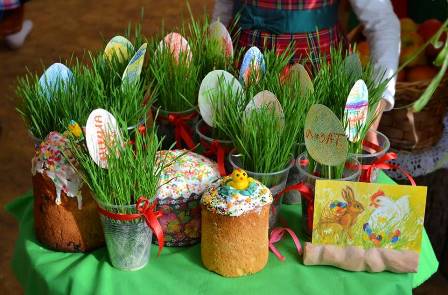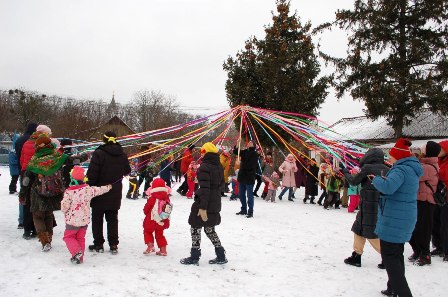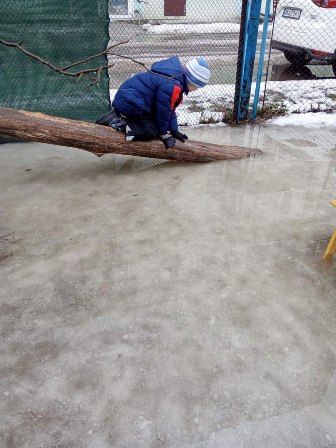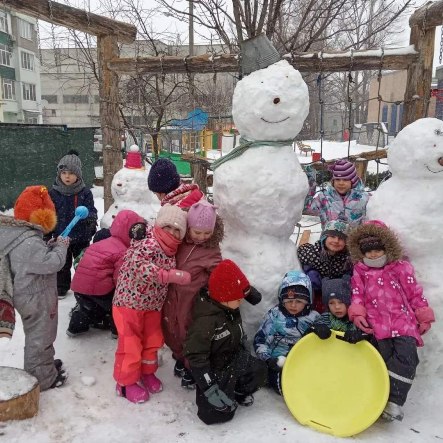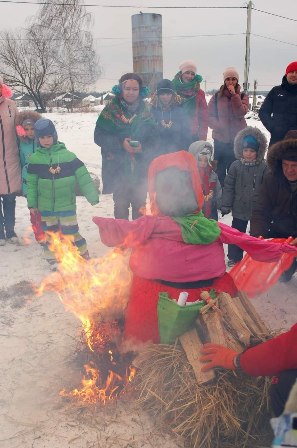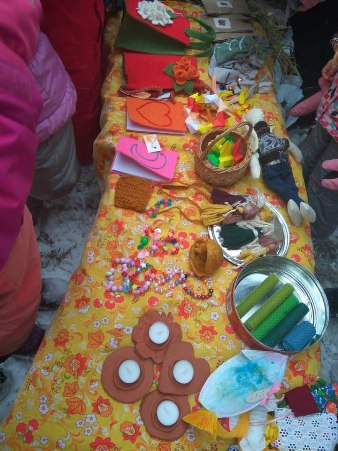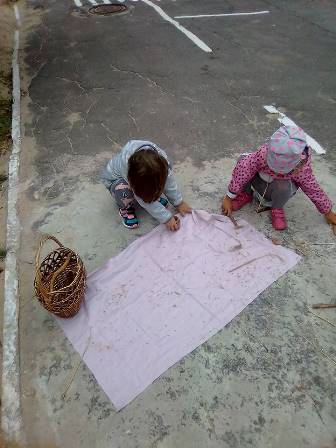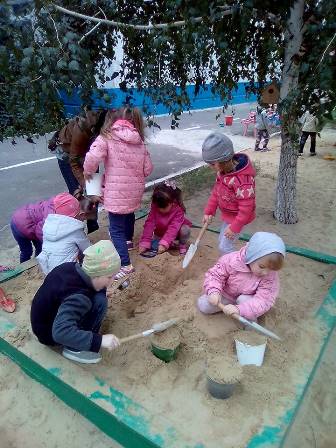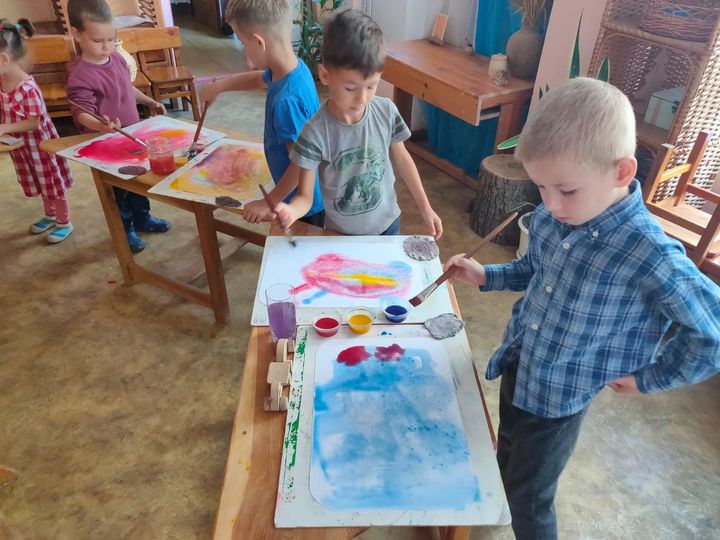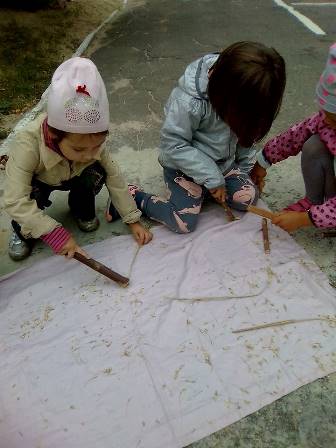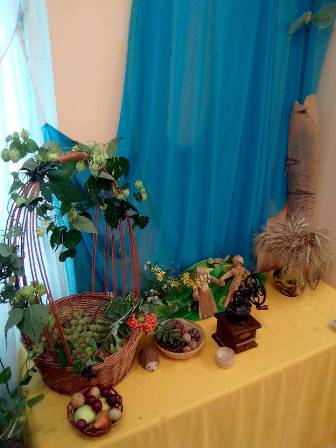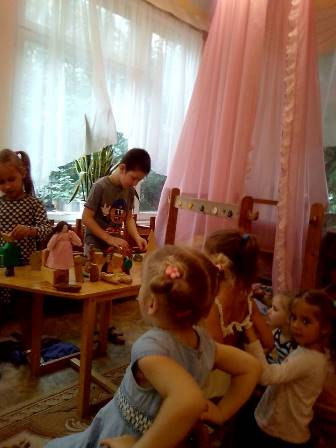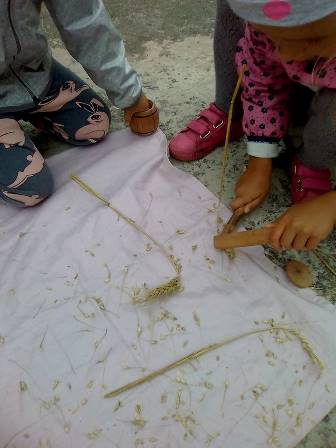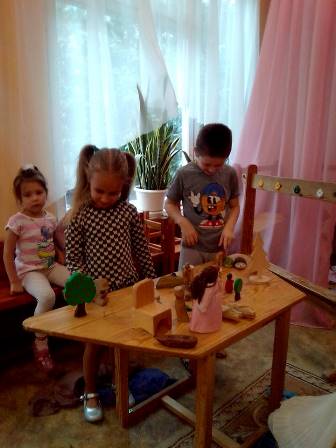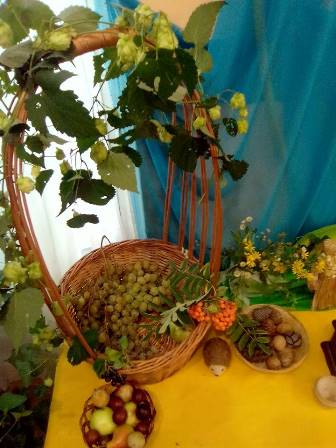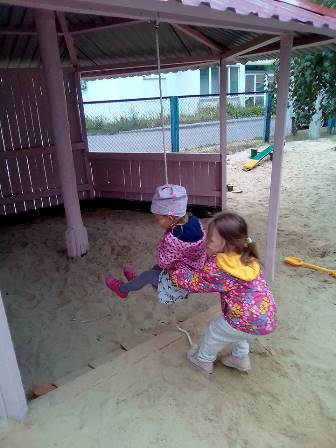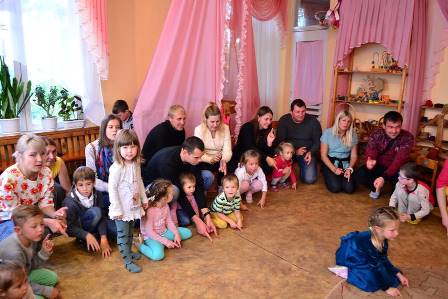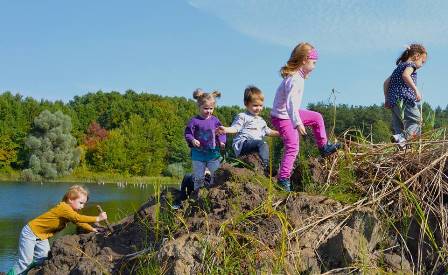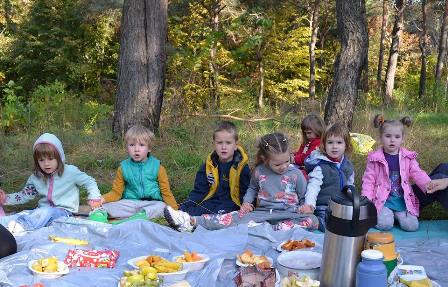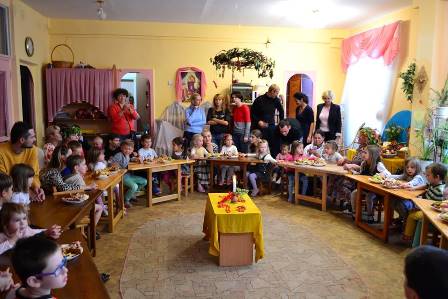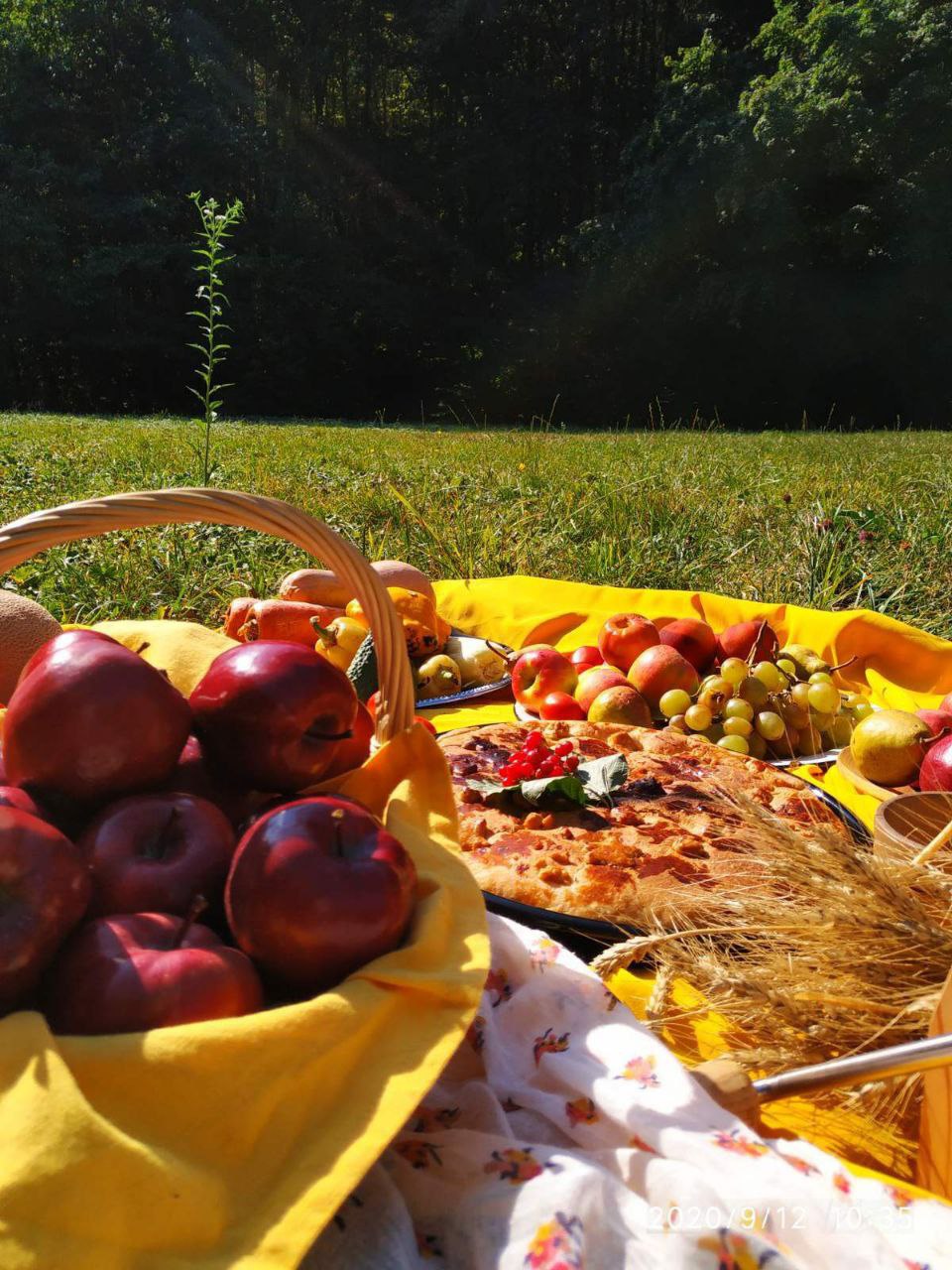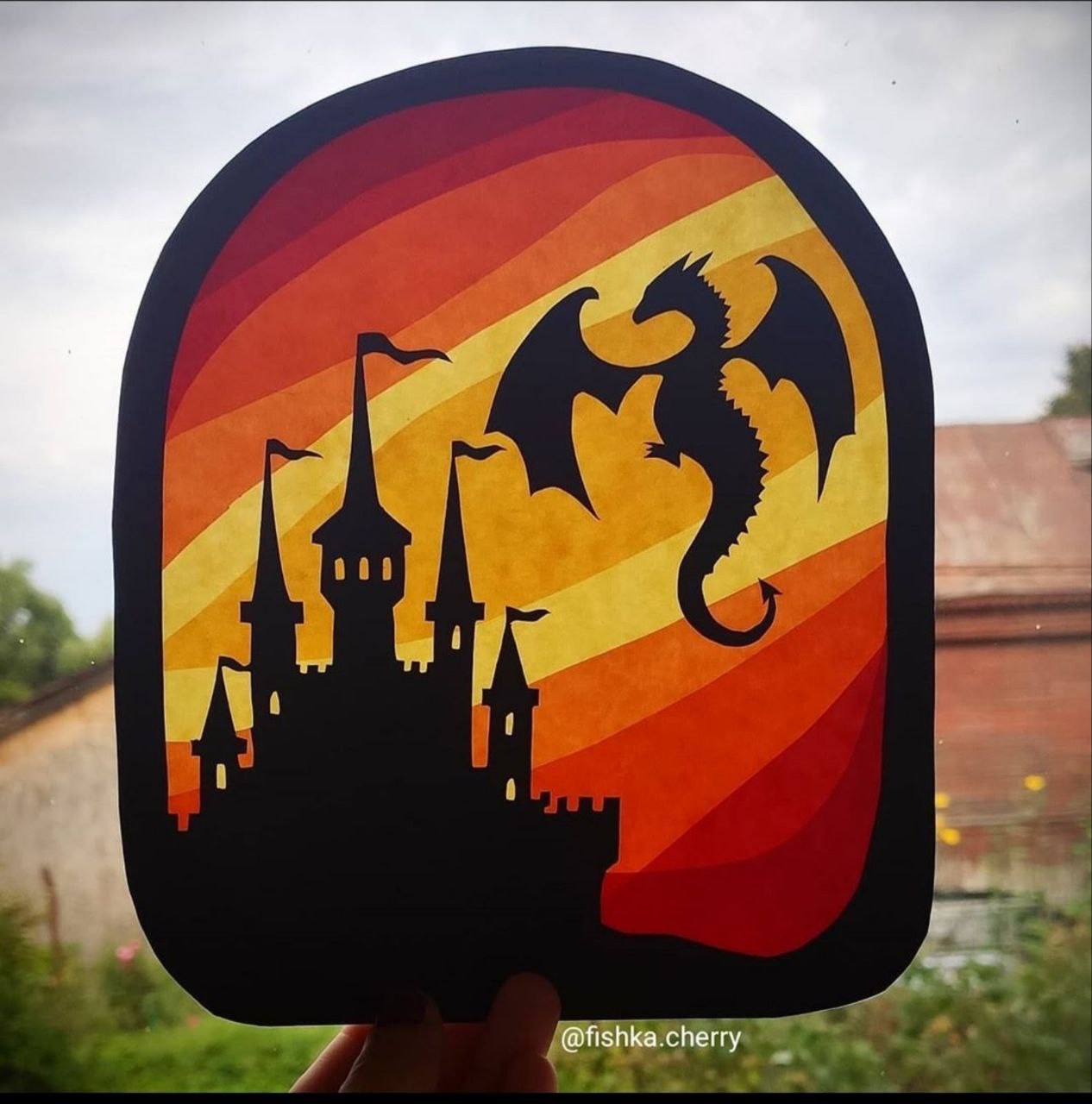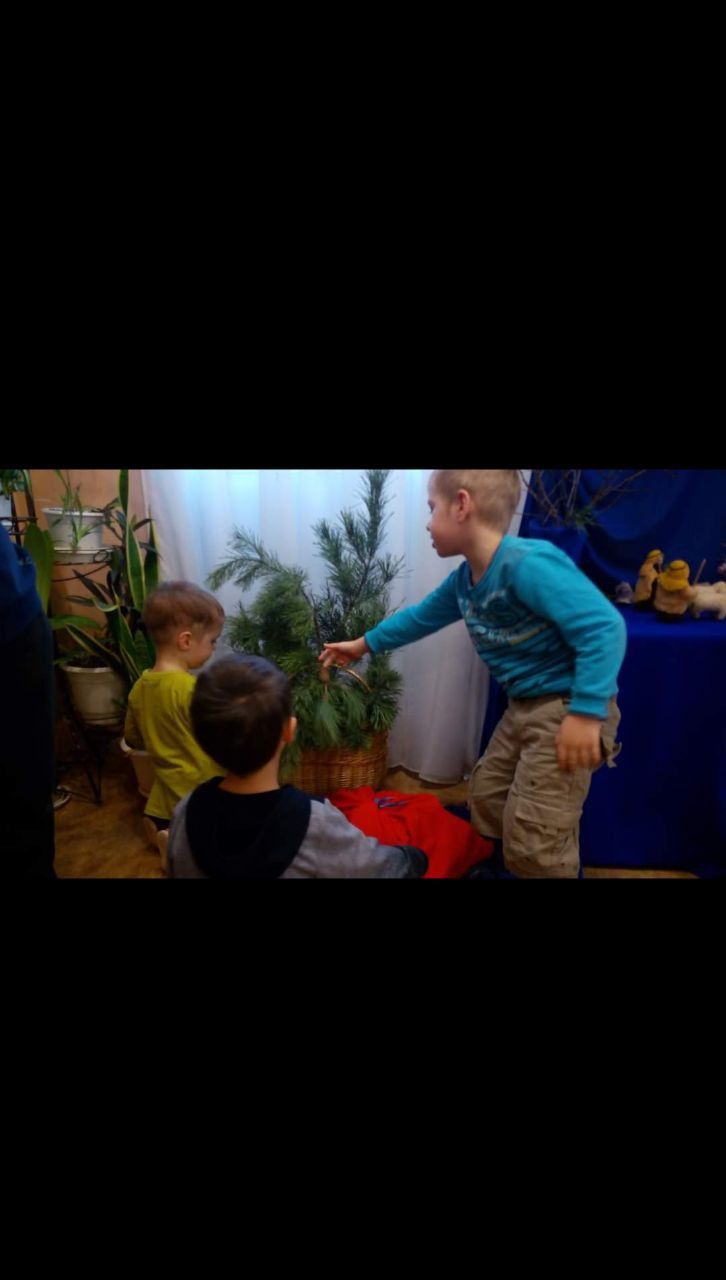Dear Parents!
Waldorf pedagogy or the pedagogy of Rudolf Steiner is widespread today throughout the world. Its basic principles are essentially universal principles, which is why it can live on any national and cultural soil. Elements of traditional folk culture: songs, games, poems, dances, seasonal holidays, crafts are organically integrated into teaching activities.
The focus of Waldorf pedagogy is the child with his own individual task and destiny in this world. A child who needs our love and care, to be accompanied when he enters the world and finds his place in it. But he brings with him from birth two abilities, thanks to which he masters the world: the ability to imitate and enormous willpower. The child is completely devoted to the impressions of the world around him. Not only with his vision, but with his entire physicality, he receives and reproduces in himself the influence of the surrounding world.
Our kindergarten is a place where a child lives a full life and develops his abilities through play. The child learns by doing, while doing; he is active and at the same time receptive: he actively knows by doing. Therefore, all work in kindergarten is based on example and imitation. Children can develop their actions with the help of the things that surround them. Therefore, our children are provided with sufficient and correct play material, their actions are provided with the necessary toys, materials and household items.
Based on the goal of education in a Waldorf kindergarten – the formation of a healthy physical and mental foundation for the free disclosure of the child’s individuality, we can highlight the tasks that our educators solve and, based on knowledge of developmental patterns, indicate those qualities and abilities of children who previously or later – in pre-school, school age or already in adulthood – will develop thanks to the solution of these problems.
| Tasks | Abilities and qualities of children |
| – Teach through action. | – Own activity. |
| – Take actions that are clear, meaningful, observable and accessible to the child’s participation. | – Meaningful own actions. |
| – Cultivate interest in the world. | – Rich inner life. |
| – Take care of external impressions. | – Formation of healthy sensory organs. |
| – Create space for movement. | – Healthy physical development. |
| – Develop children’s fine motor skills. | – Free control of the body. |
| – Organize healthy nutrition. | – Healthy development of the organic-bodily. |
| – Education of cultural and hygienic skills. | – Healthy lifestyle. |
| – Develop children’s powers of imagination. | – Mobile, creative: thinking, feeling and will. |
| – Give children certain small tasks. | – Responsibility. |
| – Organize your life based on rhythmic repetition. | – Confidence and internal orientation. |
| – Maintain external order. | – Internal order. |
| – Strive for moral actions. | – Moral position. |
| – Strive for beauty inside and outside. | – Artistic and aesthetic taste. |
| – Cultivate in children a sense of gratitude. | – Benevolence, sociality. |

